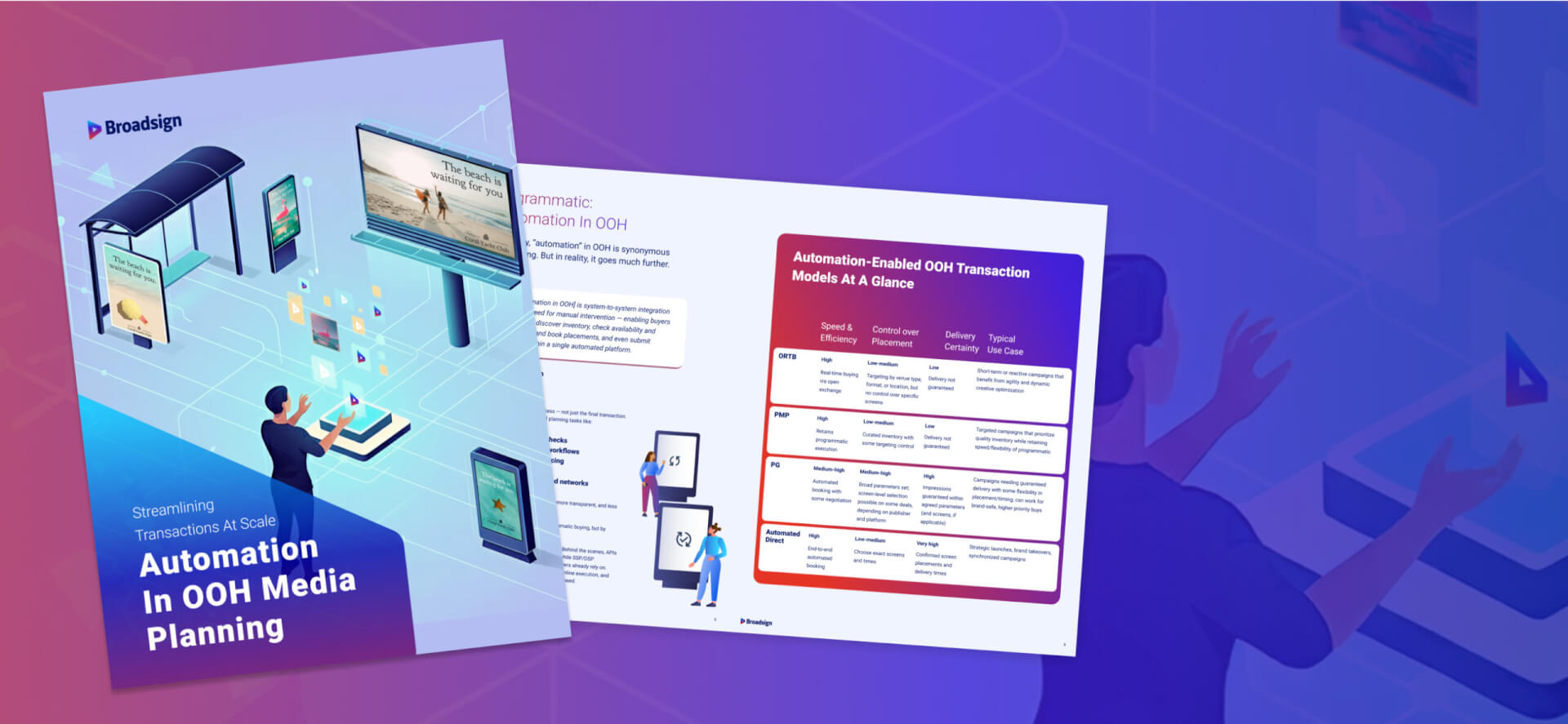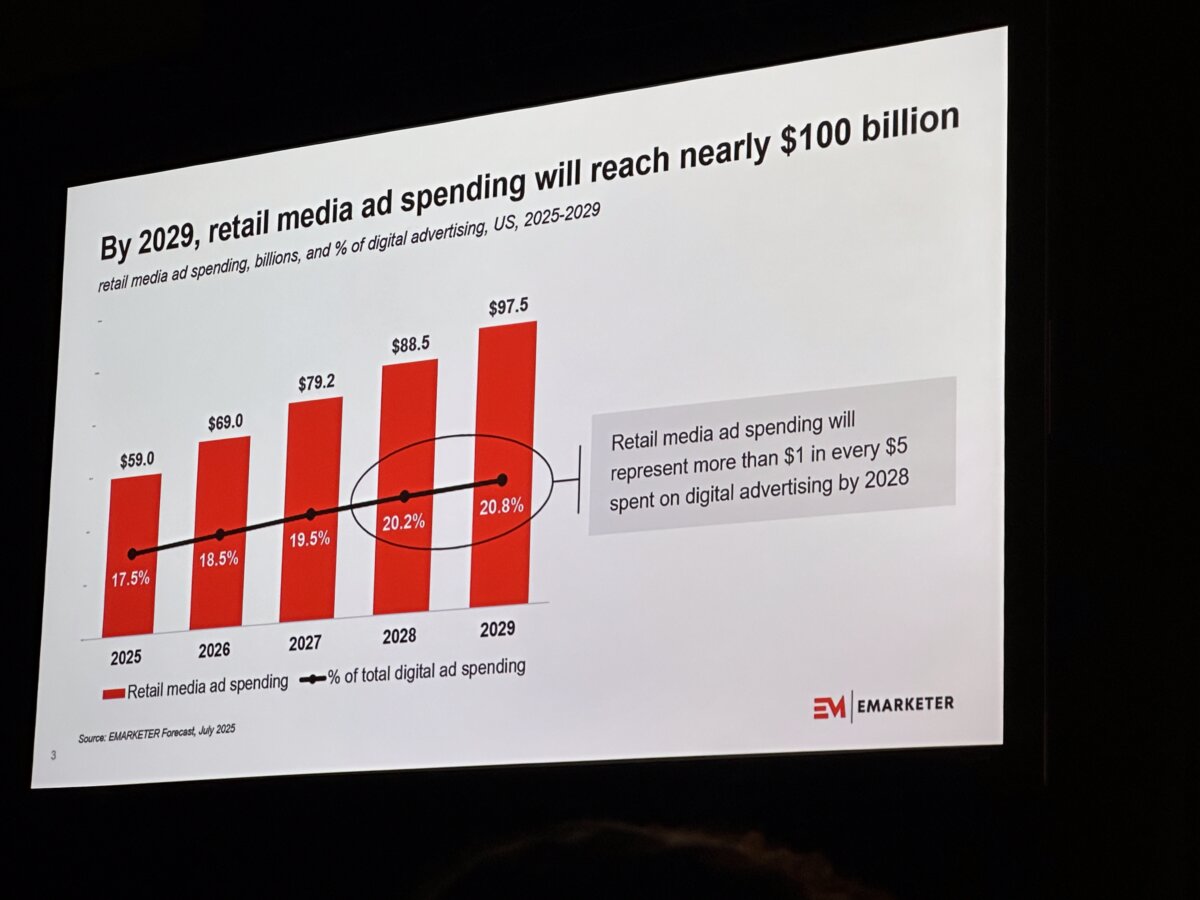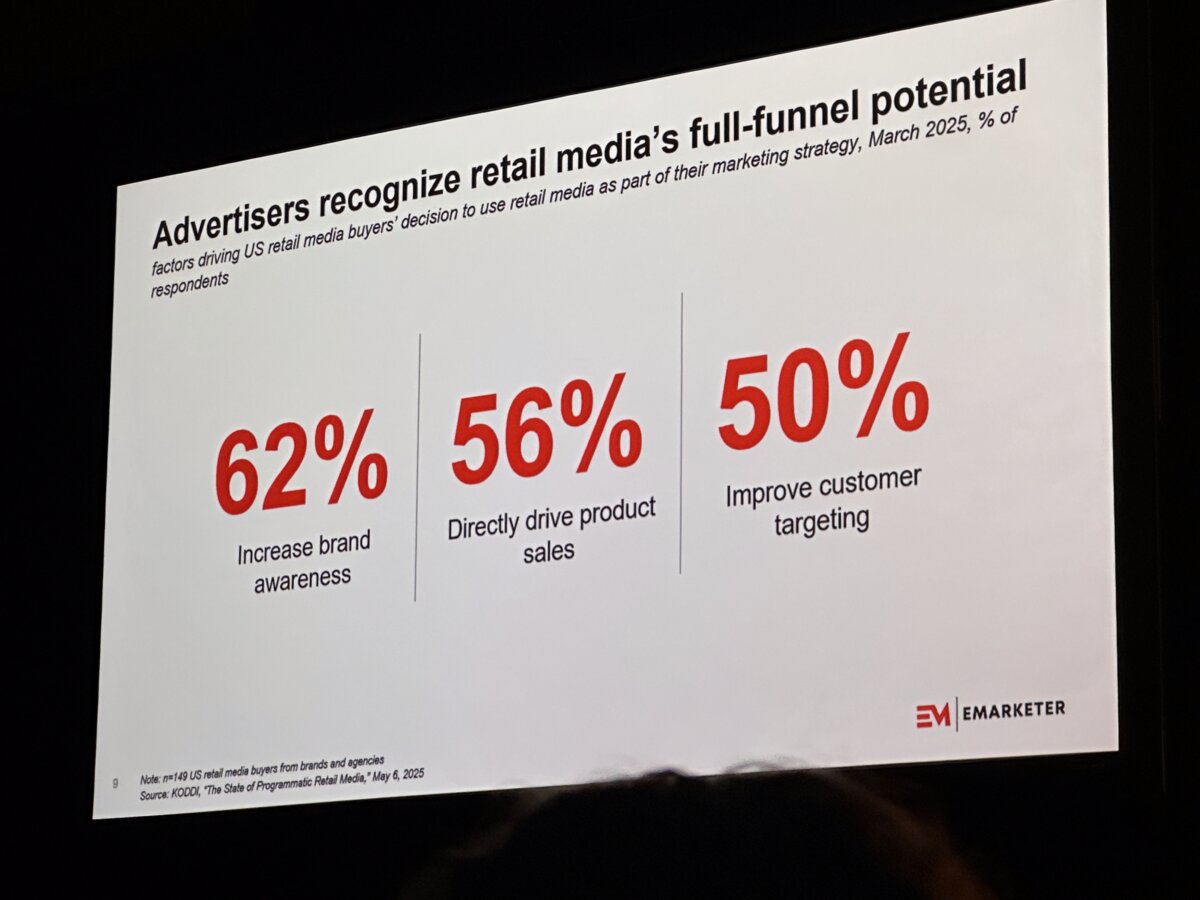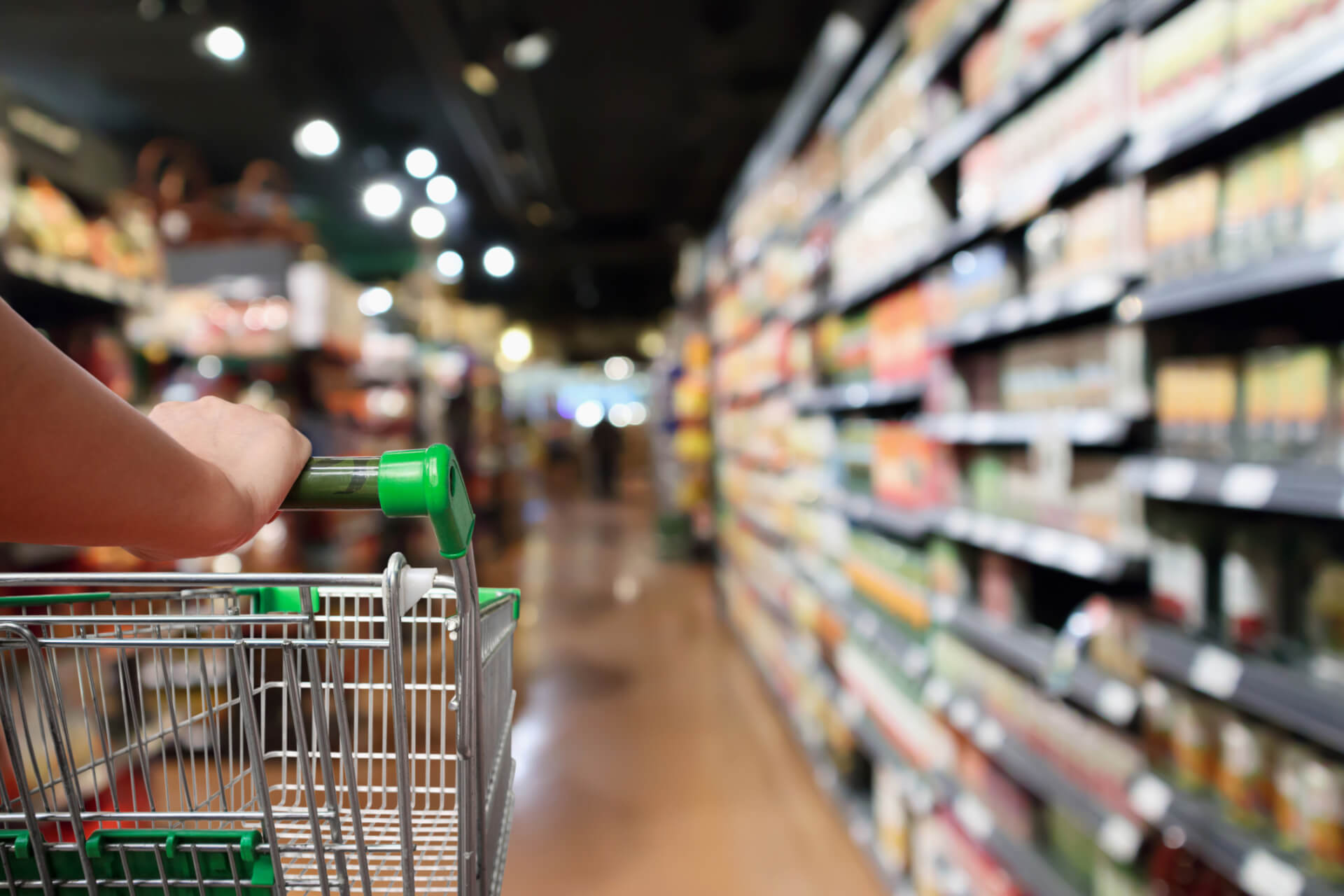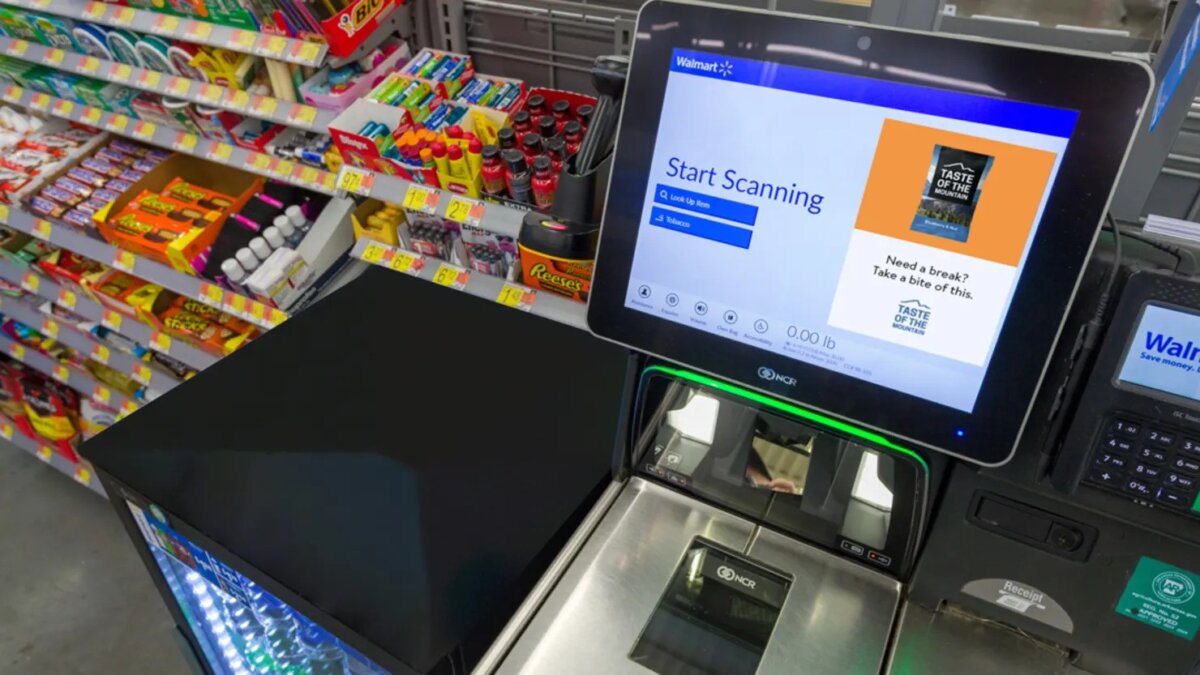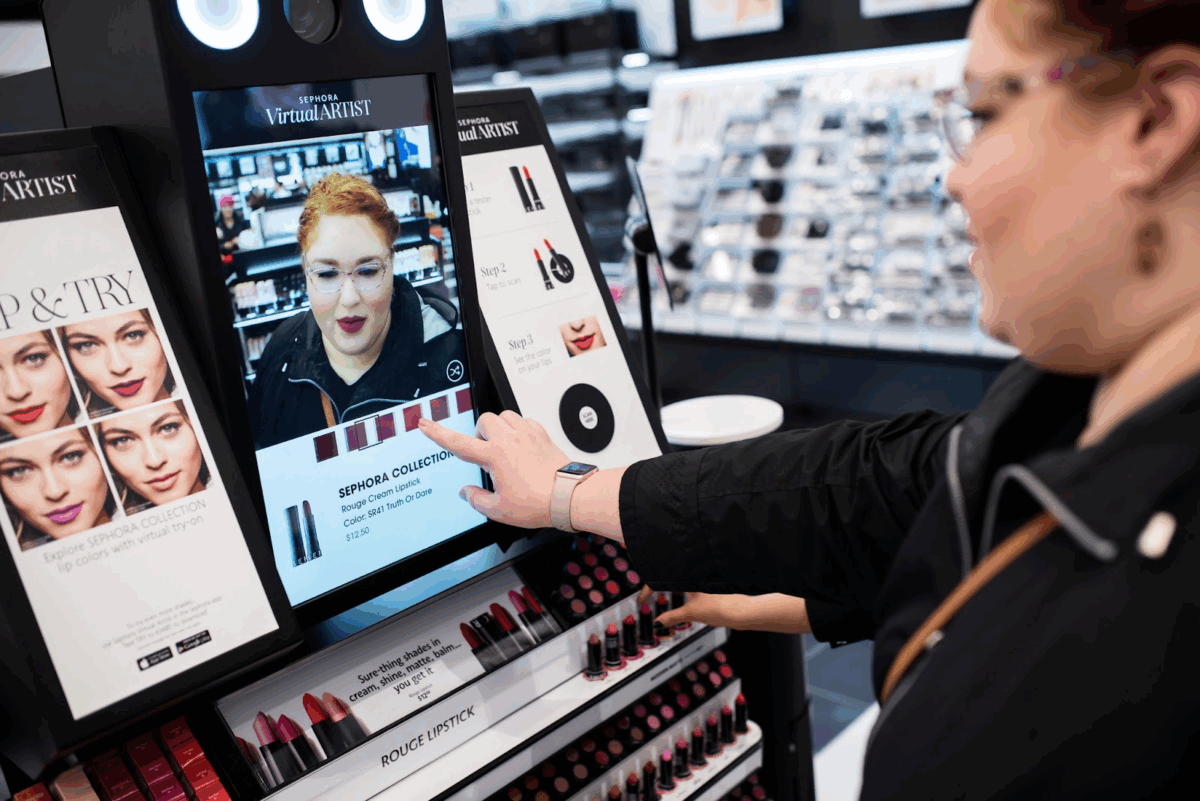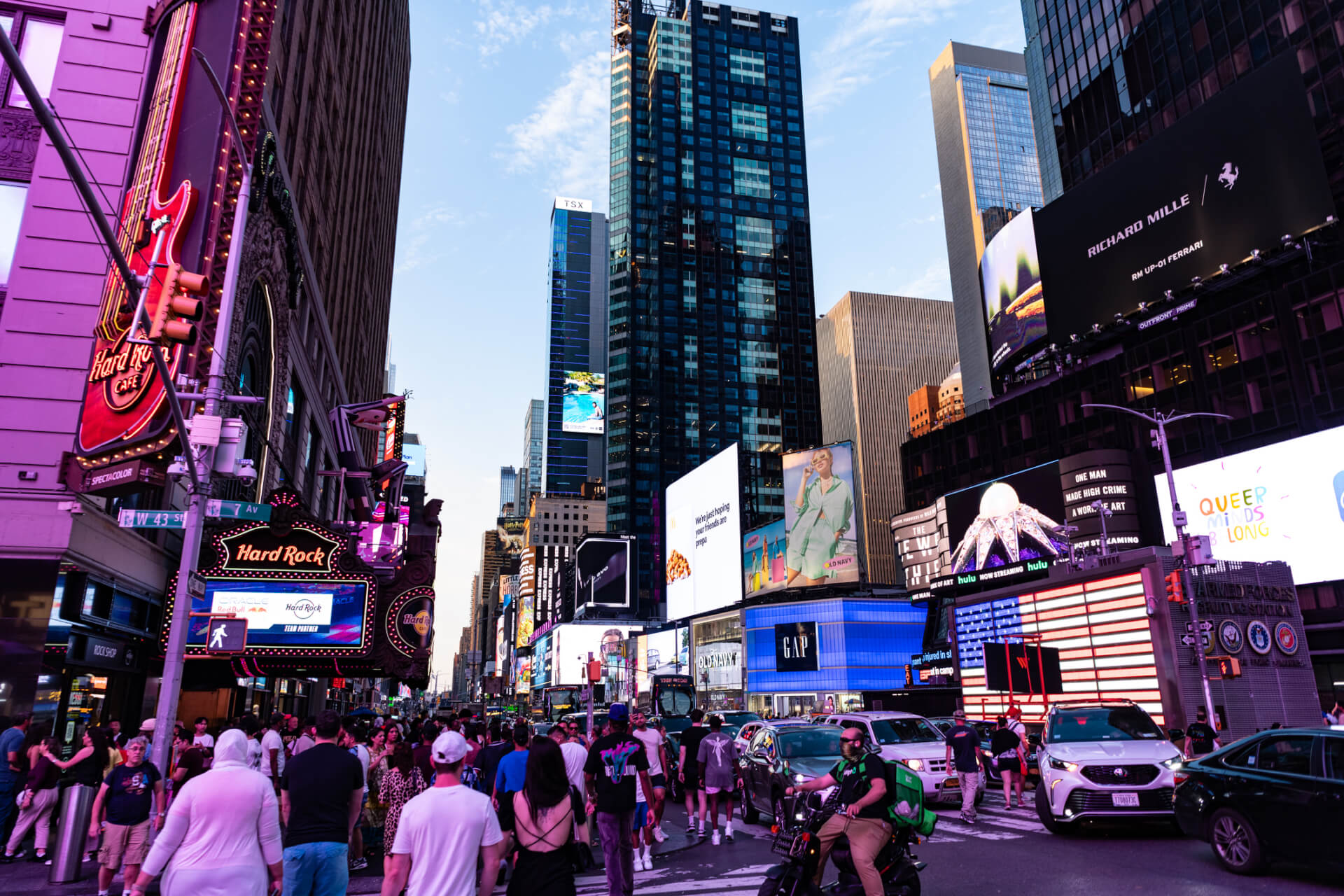| October 11, 2021
3 common friction points in OOH media planning (and how automation helps solve them)
Out-of-home (OOH) advertising is on a roll. Global spending hit $46.2 billion last year and is expected to climb to $68.2 billion by 2030, thanks in large part to digital formats. The audience is there, the impact is clear — but the way most OOH campaigns are planned and bought hasn’t caught up. Manual RFPs, PDFs, and long email chains are still the norm, and programmatic trading makes up only about 4% of overall OOH spend.
Automation is reshaping that process. Broadsign’s new eBook, Automation in OOH Media Planning: Streamlining Transactions at Scale, breaks down how advancements in automation are transforming the OOH buying process — giving advertisers faster access to premium inventory, greater transparency, and the confidence to plan at digital speed, while helping media owners cut down on repetitive tasks and focus more on growth.
To give you a preview of the insights included in the full eBook, we spotlight three common friction points slowing OOH down today and how automation is helping to overcome them.
Key takeaways:
- Manual workflows and disconnected systems make OOH harder to activate compared to other digital channels
- Too many buyers equate automation with real-time bidding, overlooking newer transaction paths that provide more control and certainty
- With inconsistent reporting across owners and formats, proving ROI requires too much manual effort — but automation is starting to change that
Friction in out-of-home media buying: Why OOH planning still feels stuck in the past
Even as OOH builds momentum, with digital formats fueling new growth, the workflows behind it haven’t kept pace. Campaign planning and booking still involve layers of back-and-forth that slow execution and make it harder to align OOH with the speed of other digital channels.
For agency teams, the issue isn’t just efficiency. Demand for OOH is rising, but campaign timelines are shrinking. As Daniel Mak, SVP of Client Services at Talon Canada, a leading independent OOH agency, explains: “It’s a matter of efficiency and speed. The time frames are getting shorter and shorter. We just need to be as nimble and flexible as possible to take dollars and get them into market within a day or a week — whatever the timeline is.”
Media owners feel the same strain from the other side. Too much time goes into repetitive coordination and proposals — effort that could be better spent on growth. Gavin Lee, Sr. Director of Product at Broadsign, points out that the industry is “spending about 80% of our time managing about 15–20% of revenue,” while CRO Maarten Dollevoet adds that a single transaction can involve “30 or more back-and-forth emails between a single buyer and seller.”
The result? Lost time, missed opportunities, and campaigns that struggle to fully integrate with the rest of today’s fast-moving media mix. It’s a gap the industry is already working to close, with automation paving the way for the next era of OOH growth.
Friction point #1: Planning OOH usually requires separate workflows
Part of the reason OOH transacting feels slow is that it typically isn’t tied to the same platforms planners already use to launch social, display, or CTV in just a few clicks. Instead, activating OOH usually means switching to a separate, mostly manual workflow with extra steps and delays.
That disconnect is the real friction:
- For buyers, OOH becomes harder to align with omnichannel campaigns and the growing pressure to prove ROI.
- For media owners, it translates into missed opportunities and wasted time that could be spent on growth.
While OOH content management systems (CMS) have helped automate certain parts of creative scheduling and delivery, the real breakthrough comes from automation powered by open APIs and DSP/SSP integrations. These platforms connect OOH inventory directly into the tools planners already use for other channels, syncing availability, booking, and reporting data in real time — helping OOH fit more seamlessly into omnichannel plans.
“If we take away the manual side and automate a lot of this, this frees up more time for the people working in this industry… and ultimately we’re going to sell more out-of-home and grow the industry.”
— Adam Garrity, Global Head of OOH at dentsu, Automation in OOH Media Planning: Streamlining Transactions at Scale
By streamlining the end-to-end transaction process, automation provides buyers with faster, more flexible access to inventory; makes planning and booking more intuitive; and ensures that both parties spend less time on repetitive administration and more time driving results.
Friction point #2: Automation doesn’t just mean programmatic
When many buyers hear “automation in OOH,” they think programmatic ad buying — real-time bidding via open exchange (oRTB) or private marketplace (PMP). And for good reason: programmatically traded digital out-of-home (pDOOH) has gotten a lot of attention in recent years thanks to improved data integration, better targeting, and easier access. But it isn’t suited to every buying scenario.
Agency teams planning during peak seasons, when competition for inventory is intense, or running time-sensitive campaigns with fixed launch dates, often need options that give them more control over where and when their ads appear.
“The biggest challenge for us in doing more non-direct buying,” says Adam Garrity of dentsu, one of the world’s largest marketing and advertising networks, “is whether we can guarantee we’ll be able to deliver a campaign in busy trading periods. If automation can solve that, it changes our mindset completely.”
That’s why automation has expanded beyond bidding models to include newer transaction paths that complement pDOOH. Programmatic Guaranteed (PG) and Automated Direct — Broadsign’s term for a fully automated version of the direct-sold process — give buyers additional ways to balance speed, flexibility, and delivery certainty.
These options give buyers more flexibility in how they plan campaigns, allowing them to lock in high-priority placements in advance, while layering in programmatic agility where it fits. As Daniel Mak of Talon Canada explains: “Having the opportunity to buy in advance, direct, alongside the sort of real-time bidding or open exchange stuff, programmatic stuff, it just gives us another sort of arrow in our quiver, if you will. Another way of answering those briefs, getting them live, doing them quicker than ever.”
That choice matters. Some campaigns benefit from programmatic’s agility, but others — like seasonal pushes — need guaranteed delivery with flexibility in when and where impressions run. Still others, like synchronized brand takeovers, demand confirmed placements and precise timing. The friction isn’t that OOH transacting lacks automation; it’s that buyers who equate automation with programmatic alone risk overlooking the alternative models built to solve these challenges.
Friction point #3: OOH measurement still feels fragmented
Getting a clear view of OOH performance often means stitching together spreadsheets and PDFs from multiple sources — a noticeable contrast to the unified dashboards buyers are used to working with in digital media. Reports frequently come in different formats, with different metrics, leaving planners to reconcile them all manually. The result is a slower, more complicated picture that makes it harder to compare OOH with other media and prove ROI.
Automation can ease that strain by standardizing workflows and consolidating reporting across formats and networks. Instead of juggling mismatched reports, buyers can rely on automated delivery logs that confirm campaigns ran as planned, with dashboards that provide a unified view. Media owners, meanwhile, gain more insight into how their inventory is valued and used.
The bigger impact? Consistency. With integrated data systems and standardized, IAB-aligned metrics, OOH can plug into identity solutions, retail media networks, and omnichannel DSPs. Automation turns measurement from a drag into a bridge — connecting OOH more seamlessly to the rest of the digital ecosystem.
READ ALSO: Explore our dedicated guides for a deeper dive into DOOH metrics, ROI measurement, and attribution.
Ready to cut through the friction?
Streamlining OOH planning and buying doesn’t mean starting from scratch. It means tackling the pain points that slow it down — siloed workflows, misconceptions about transaction paths, and fragmented reporting. The result: a channel that can move with the same speed and clarity buyers expect from digital.
Download the full Automation in OOH Media Planning: Automating Transactions at Scale eBook to see how automation is reshaping OOH for buyers and media owners alike, and what it means for the future of omnichannel planning
